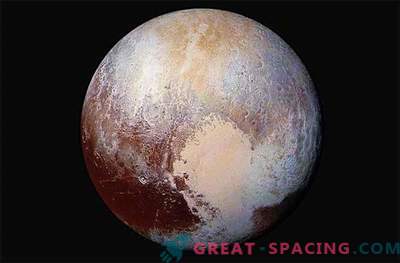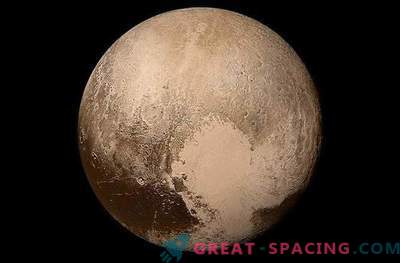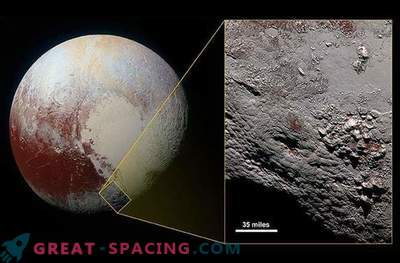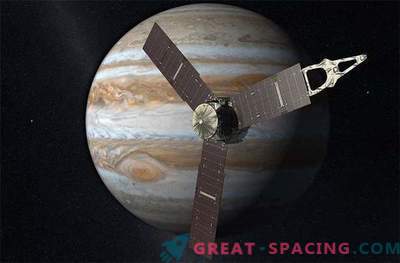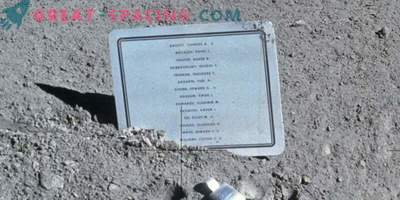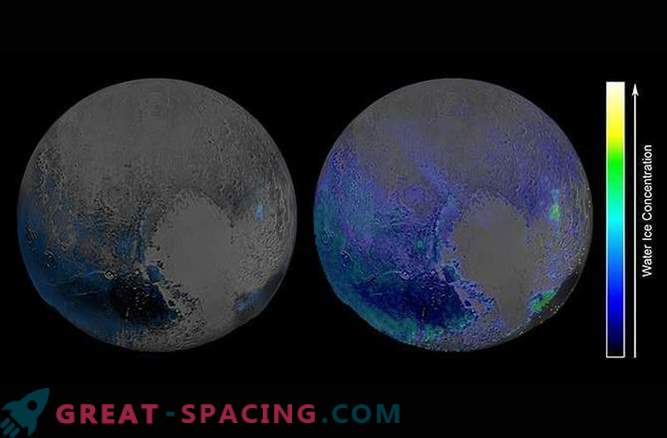
The surface of Pluto is surprisingly rich in water ice. This is evidenced by the new map of the dwarf planet.
These water ice maps on the surface of Pluto were created using data collected by NASA’s New Horizons interplanetary station during its flight near the dwarf planet on July 14, 2015. The image on the left is a raw photo. On the right is the processed image. When processing, modeling techniques were used to achieve greater sharpness.
The new map has a better resolution than the previous ones. It shows a significant amount of water ice coming to the surface of Pluto. This water ice is the main material of the dwarf planet, and its amount is much more, according to NASA experts, than could be considered before.
But, despite the best resolution, on this map, there is also an insignificant amount or complete absence of water ice in areas informally called “Sputnik Planum” (to the left or west of Pluto’s heart) and Lowell Regio (Lowell Regio) ), which is located far to the north of the region, called by the team of researchers of Pluto “counter hemisphere” (encounter hemisphere). This is stated in the official report of NASA, published January 28, 2016. This indicates that at least in these areas of the planet, water ice, which is the main material of the planet, is hidden under a thick “blanket” of other types of ice: methane, nitrogen and carbon monoxide. On July 14, 2015, the station “New Horizons” was located just 12,550 kilometers from Pluto and for the first time in the history of studying the planet was able to transmit images of the dwarf planet and its five satellites from such a short distance.
Both old and new water glacier maps were made using the Ralph / Linear Etalon Imaging Spectral Array (LEISA) camera, operating in the infrared spectrum, from a distance of 108,000 kilometers.
Currently, the station “New Horizons” is approaching a small object located approximately 1.6 billion kilometers behind Pluto, which is called 2014 MU69. If the mission of the space station is continued and financed, then this object will be studied by the station until January 1, 2019.
The space station continues to transmit to Earth many photographs and data obtained during the passage of Pluto on July 14, 2015. Fully all the data, according to the team of researchers involved in the project, is expected to receive by the autumn of 2016.









